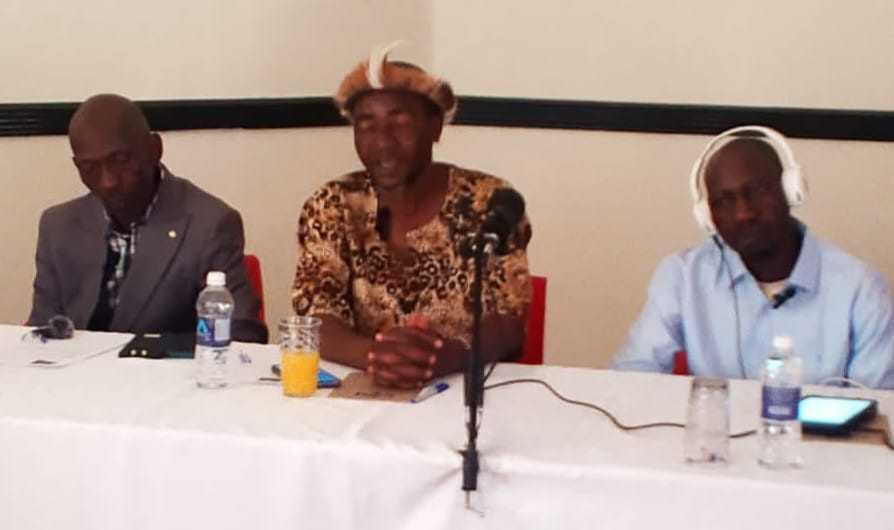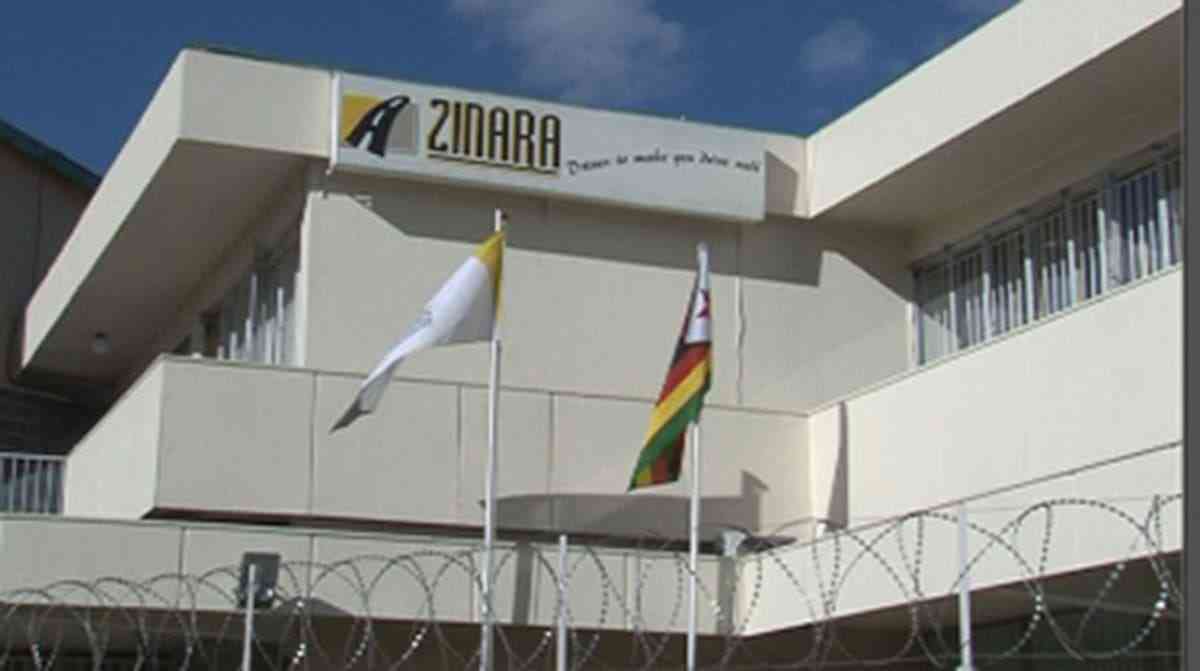
The Angolan government must establish a national forestry and wildlife authority in order to stop the rampant illegal bush-meat trade threat to its rich biodiversity, a new study has revealed.
BY OSCAR NKALA
Entitled “A rapid assessment of hunting and bush meat trade along the roadside between five Angolan major towns”, the study documented a variety of wildlife and bush-meat trade that includes rare and endangered species between the cities of Lubango and Uige.
The study was conducted by researchers Francisco Gonçalves, José Luís, José Tchamba, Manuel Cachissapa and António Valter Chisingui in September 2018.
Published in the journal Nature Conservation in December last year, it covered 1237 km from Lubango province in the south to Uige province in the north.
“During a round trip from Lubango through the provinces of Benguela, Cuanza Sul, Luanda, Bengo and Uíge, we documented a variety of wildlife and bush-meat trade along the roadsides.
“This included snakes, rodents, duikers, antelopes, bush pigs, small carnivores and bird species,” the study observed.
Tree pangolins, green monkey, northern rock python and blue and yellow-backed duikers are some of the most-hunted species.
- Chamisa under fire over US$120K donation
- Mavhunga puts DeMbare into Chibuku quarterfinals
- Pension funds bet on Cabora Bassa oilfields
- Councils defy govt fire tender directive
Keep Reading
Wading birds and parrots were observed being sold in shops in Luanda while live species of guinea-fowl were more common between Cuanza Sul and Benguela.
The bush-meat can be obtained in fresh, smoked and dried form.
Live animals captured in the neighbouring Democratic Republic of Congo are being sold in street markets in the city of Uige.
The study described the illegal wildlife trade as a threat to conservation in Angola, which is one of the most bio-diverse African countries with 6 850 native and 226 non-native plant species.
Angola has 275 mammalian, 940 bird (mostly endemic), 117 amphibian, 278 reptilian and 358 fish species, of which 22% are endemic.
Wildlife poaching and the bush-meat trade are seen as a legacy of the country’s civil war (1975-2002), which led to near-extinction of iconic species like the giant sable antelope.
However, post-war Angola has experienced a sharp spike in illegal hunting and trade in wildlife species due to out-dated wildlife protection laws that desperately need to be reformed.
“After more than 15 years of peace and political stability in the country, hunting and the bush meat trade are still threatening wildlife in Angola.
“Protection of wildlife in Angola was regulated for many years by out-dated colonial laws like the Regulamento de Caça, approved by Diploma Legislativo No. 2873 of 11 December 1957,” the study noted.
Although Angola has updated some legislation and declared all species listed in the Convention on International Trade in Endangered Species of Flora and Fauna (CITES) Appendix 1 as prohibited from hunting and set seasonal limits to hunting, illegal wildlife trade thrives due to lack of coordination.
“Despite progress in terms of legislation amongst different ministries, there is no clear definition of tasks and responsibilities amongst them,” the report said.
“This resulted in the absence of an agreement on prohibited species for hunting and trade and inefficiency of government authority, which led to uncontrolled hunting and trade of wild animals.
“Wild animals are hunted throughout the year and the bush meat is sold along the roadsides, in the absence of an efficient law enforcement mechanism by the forestry authorities.”
The growing illegal bush-meat trade in Angola was also blamed on the lack of clarity on which government department is responsible for the protection of wildlife and what their role is.
Presently, the ministries of Environment, Agriculture and Finance run separate wildlife laws, leading to some species being listed for trophy hunting in one departmental and prohibited by others.
The research called for the establishment of a forestry and wildlife authority to reduce pressure on natural resources and prompt the crafting of more specific legislation for the protection of wildlife.
Although the actual quantity of bush meat sold on the roadside is unknown, it is believed to be much larger than documented due to scarcity of data on the bush-meat trade and its impact on wildlife.
For example, a number of species observed on sale during the study are prohibited for hunting.
Further, the conservation status of some species offered for trophy hunts has not been domestically assessed.
“Further studies are required to assess and better evaluate the conservation status of all species, particularly the most frequently hunted and based on this, to establish their conservation status locally within Angola,” the study concluded.
“We recommend stronger law enforcement to prevent trans-boundary trade of bush-meat and the associated risk of acquiring diseases related to consumption of wild animals.
“We also recommended additional evaluation of bush-meat in informal markets in border posts and principal cities like Luanda, to better evaluate the dynamics of the bush-meat trade,” the study concluded.










